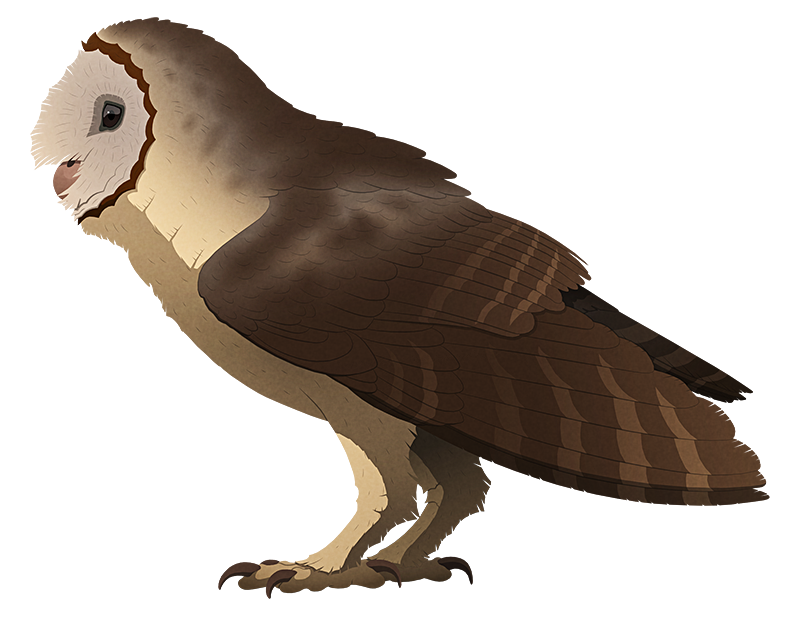The islands of the Caribbean looked very different during the Pleistocene ice ages, when changing sea levels meant larger areas of land were exposed — and one of the most extreme examples of this was the Bahamas, much larger than they are today, with most of the Bahaman Banks exposed and over 10 times more land area.
Tyto pollens was an enormous barn owl, around 1m tall (3’3″), the size of a large eagle and one of the biggest owls to ever exist. It lived in old-growth pine forests on what is now the Andros Island archipelago and preyed mostly on Bahamian hutias, which were originally the only terrestrial mammals in the Bahamas.
It probably evolved in Cuba, and colonized the Bahamas shortly after the hutias did, sometime in the last 400,000 years during a glacial period when a particularly low seal level meant the islands were only about 30km apart.
It was the main nocturnal predator in the Bahamas, and much like its older Italian relative Tyto gigantea it also had a giant hawk counterpart in the daytime: the huge Titanohierax.
Although many popular online sources refer to Tyto pollens as being flightless, it actually had large robust wings and could probably fly quite well. This might be due to some confusion between it and a completely different giant Caribbean owl, Ornimegalonyx.

The Lucayan people probably reached Andros Island sometime around 1000 CE, and coexisted with the giant owls for several centuries. It was only after European arrival in the 1500s and the felling of their forest habitat that they seem to have vanished.
Local legends of an owl-like creature called the chickcharney may have been inspired by historical encounters with Tyto pollens, and suggest that they were aggressively territorial.

